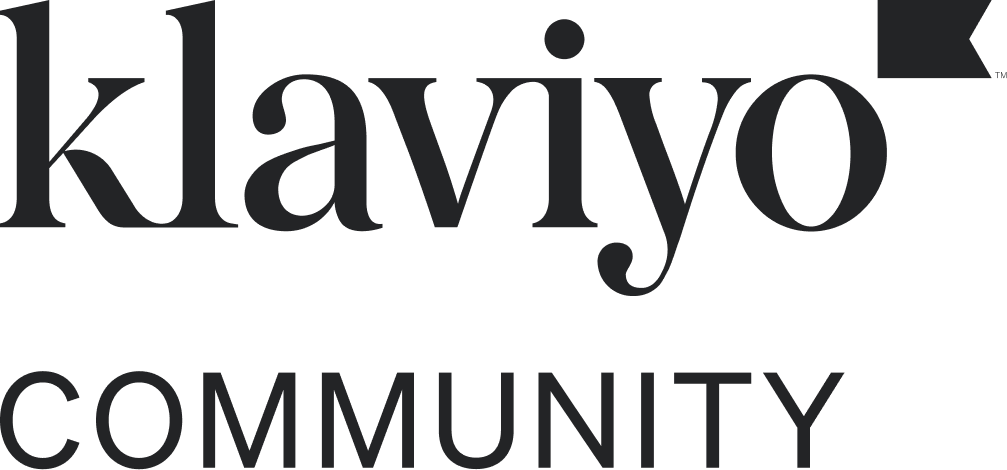Have you ever wondered how some B2C businesses seem to have an almost magical way of connecting with their customers? The secret isn’t just great products or customer service—it’s about building meaningful, personalised relationships. At SHEIKE, we’ve found that using Klaviyo as a CRM has been one of the best ways to nurture these connections, increase engagement, and ultimately drive more sales.
In this article, I’ll share how we use Klaviyo to optimise our marketing strategy and customer relationships. And I’d love to hear your experiences too! How have you used Klaviyo or other tools to boost your customer engagement? Let’s dive in and share what’s been working for us all!
👉 Use Case 1: Customer segmentation for targeted campaigns
When I joined SHEIKE, one of the first things I introduced was a more strategic focus on customer segmentation, which, while something I had experience with, was a new approach for the team here. It’s no longer effective to send a one-size-fits-all email to your entire audience. Klaviyo’s segmentation features allow you to group customers based on behaviour, purchase history, location, or even their engagement with previous campaigns. This makes it so much easier to craft messages that really resonate.
For instance, we segment our customer base into categories like new subscribers, repeat buyers, and VIP customers. We can then send tailored content to each group—whether it’s a special offer for first-time buyers or an exclusive sneak peek for our most loyal customers. This approach has led to higher open rates, stronger engagement, and more sales.
Tip for Success: Start by using Klaviyo’s pre-built segmentation templates. These are great for beginners, and you can customise them to fit your needs. The more granular you get with segmentation, the more relevant your emails will be.
👉 Use Case 2: Automating personalised email flows (cart abandonment, welcome series, and more)
Automating emails is one of the best ways to stay connected with customers without adding extra work to your plate. At SHEIKE, we use Klaviyo’s automated email flows to reach customers at every stage of their journey.
One of our most successful flows is the cart abandonment series. When a customer adds products to their cart but doesn’t complete the purchase, Klaviyo automatically sends a series of reminders. We make sure these emails are personalised with the specific items left behind and include incentives like discounts or free shipping to encourage them to complete their purchase.
We also have a welcome series for new subscribers, offering them a discount on their first purchase and giving them an introduction to our brand values. These automated flows save us time and ensure that our customers receive relevant messaging without us needing to manually intervene.
Tip for Success: Don’t just set up your flows and forget about them! Regularly test different subject lines, copy, and timing to find what works best for your audience. A/B testing is a great way to optimise your automated emails and improve performance over time.
👉 Use Case 3: Analysing customer behaviour for retention strategies
Beyond simply sending emails, Klaviyo also helps us track and analyse customer behaviour—an essential aspect of building long-term customer relationships. By using Klaviyo’s reporting tools, we can see how customers interact with our emails, which campaigns are generating the most revenue, and even which segments are most engaged.
For example, we track metrics like purchase history, email opens, and click-through rates. This helps us identify opportunities for retention strategies. If a customer hasn’t made a purchase in a while, we might send them a re-engagement email with a personalised offer or remind them of items they’ve shown interest in. We also send loyalty incentives to repeat customers to thank them for their continued support.
Tip for Success: Regularly check Klaviyo’s analytics dashboard to keep track of key metrics like revenue generated from emails and customer engagement. Use these insights to refine your retention strategies and keep customers coming back.
👉 Quick integration tips: Syncing Klaviyo with e-commerce platforms and marketing channels
Integrating Klaviyo with your e-commerce platform (e.g., Shopify) and marketing channels is crucial for making the most of its capabilities. It ensures all your customer data is synced, allowing you to send the most relevant and personalised messages.
At SHEIKE, we integrated Klaviyo with our Shopify store, making it easy to track customer behaviour, including purchase history, browsing activity, and cart abandonment. This data is key to building targeted campaigns and flows that feel personal and timely.
Tip for Success: Take full advantage of Klaviyo’s integrations to streamline your processes. Sync your e-commerce platform, social media channels, and advertising accounts for a cohesive marketing strategy that reaches customers wherever they are.
Using Klaviyo as a B2C CRM has completely transformed the way we engage with our customers at SHEIKE. From segmentation to automation and data analysis, Klaviyo has given us the tools to create meaningful, personalised connections with our audience. I’m confident that B2C businesses can see similar success by implementing these strategies.
But I’m also curious—what’s been working for you? Have you used Klaviyo to improve your CRM strategies? Share your tips and insights in the comments below—I’d love to hear your thoughts and continue the conversation!
Looking forward to reading your experiences and learning from each other!
Until next time,
Hayley
Check out the The beginner’s guide to B2C CRM as well.




![[Academy] Deliverability Certificate Forum|alt.badge.img](https://uploads-us-west-2.insided.com/klaviyo-en/attachment/505f2253-cde5-4365-98fd-9d894328b3e0_thumb.png)